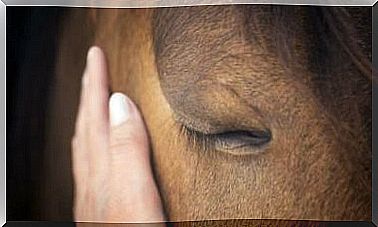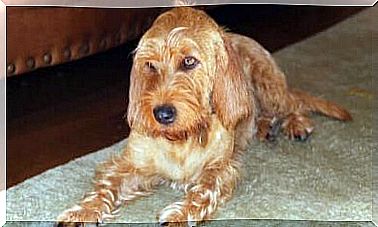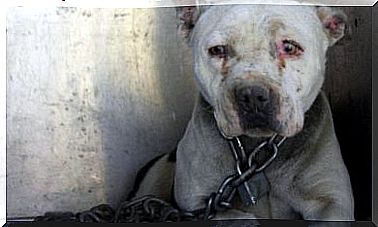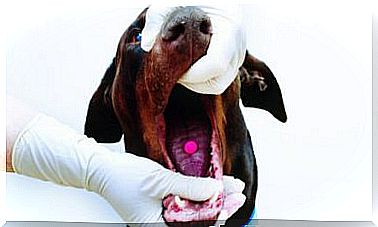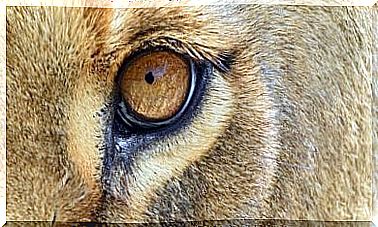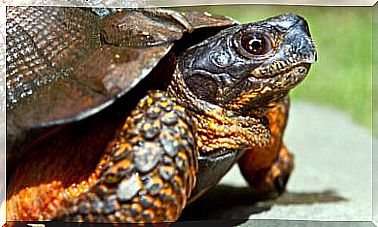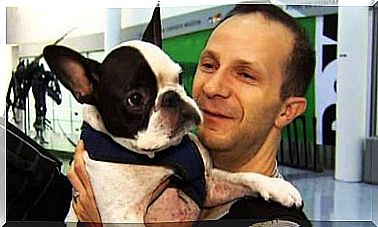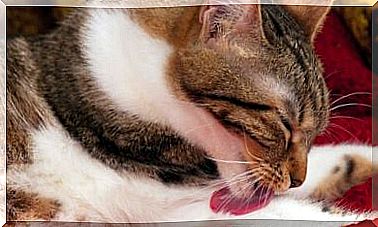Equine Flu: Causes And Symptoms

In the equine influenza is an infection of the upper and lower respiratory tract, which occurs very frequently. This disease is also known as equine influenza, contagious horse cough or Hoppegarten cough and is very contagious.
Prevention is essential because the health problems it creates can seriously affect the horse and treatment is costly.
While it is not a fatal disease, its rapid spread makes it very difficult to prevent infection. The transmission can take place over a distance of up to 30 meters.
Equine flu: preventive measures
The best prevention against equine flu is an appropriate vaccination. Because as soon as an animal is infected by the influenza virus and has contact with other animals, the disease spreads in no time at all.
The incubation period is between one and five days. During this time, the typical symptoms become noticeable and reduce the performance of the sick animal.
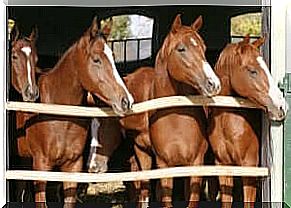
As soon as a horse is six months old, it can be vaccinated against equine flu. After a month, the vaccination will be refreshed again. After this treatment, the animal will receive another dose of vaccine every 6 or 12 months. The exact period depends on the risk of infection, his environment and his contact with other horses.
Particular caution is required with pregnant mares and young horses. Because equine flu could cause a miscarriage or weaken the animal severely.
Appropriate hygiene in the horse stable is also important, because if this is not given, the risk of infection and spread of the equine flu increases. Care must also be taken to use different utensils for each horse in order to avoid infection if one animal is already sick.
In addition, once a horse becomes ill with equine influenza, it must be isolated from the other animals to prevent infection. The hygiene of those who come into contact with the animal is also essential. Otherwise they could also infect another animal.
Equine flu: symptoms
One of the first noticeable symptoms is a dry, strong cough. Up to 10 coughing fits can occur within an hour. The painful, dry cough becomes moist over time and sputum develops. Symptoms include breathing problems and nasal discharge.
In addition, the horse may have a fever of up to 40ºC or 42ºC, which is intermittent.
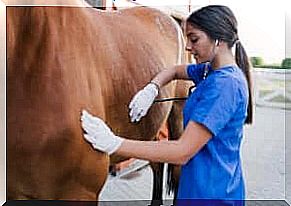
Another sign is that the horse is becoming apathetic and refusing to eat. This leads to weight loss over time, which in some cases can be serious.
The sick horses have swollen lymph nodes, irregular, difficult breathing and greenish-yellow nasal discharge. Annoying eye secretions caused by conjunctivitis are also very common.
The horse’s weakness becomes evident in the first few days after infection, but after about a week the symptoms are particularly severe: the animal only walks slowly and with its head bowed, it isolates itself from the group.
Equine flu: treating the disease
Once the horse has been separated from the rest of the animals to prevent contact, it will take a lot of rest and recovery to win the battle against the influenza virus. His resting place should be clean and dust-free so that the breathing difficulties do not get worse.
Anti-inflammatory and antipyretic agents that also reduce pain are recommended. In the case of infections, antibiotics are usually also prescribed to heal the animal.
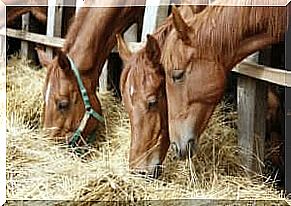
It is important to adjust the diet of the sick horse so that it does not lose too much weight. It can suffer from difficulty swallowing and therefore needs special food. Wet food is usually recommended so that it regains its strength and can recover as quickly as possible.
It takes about two weeks of recovery for equine flu symptoms to go away. However, caution should be exercised to prevent relapse. Once the animal has fully recovered, it can gradually resume physical activity. It will then achieve its full performance again after a short time.
